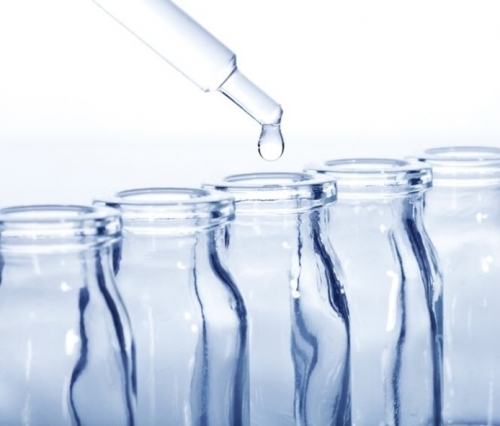Viscosity, Molecular Weight and Rheological Properties of HA
Some clients and friends are often confused about or simply don’t understand the relationship between concepts such as viscosity and molecular weight when they make inquiries or communicate HA-related issues. These concepts are critical to the application. This time I’ll explain the relevant concepts.
Molecular weight
Researchers have substantiated the fact that hyaluronic acids from different sources have the same primary structure, but their molecular weight is slightly different. For example, the HA molecular weight in the bovine vitreous body is lower, which is 104~105 Dalton, while the HA molecular weight in the umbilical cord and rooster crown is higher, which is 106~107 Dalton.

The relationship between molecular weight and viscosity
HA has a strong ability to retain water, so it can keep eyes, joints, and skin tissues moist and lubricated. As HA has a long molecular chain, it has been widely used clinically, such as in osteoarthritis, tissue filling, and ophthalmic surgery. The molecular weight of HA is closely related to the hydrodynamic volume. In fact, HA molecular weight is often calculated by measuring the intrinsic viscosity. The relationship between the intrinsic viscosity and the molecular weight follows the Mark-Houwink formula.
[η]=KMα
This formula shows the dependency relationship between the intrinsic viscosity of the polymer and its relative molecular weight. [η] is the intrinsic viscosity. K and α are constants, whose values depend on the nature and temperature of the polymer and solvent. M is the average molecular weight.

Rheological properties
The rheological properties of HA are manifested in its viscosity, elasticity, and pseudo-plasticity. These properties are HA-unique. Although other mucopolysaccharides can form viscous solutions at high concentrations, they cannot form a viscous polymer network. The properties of the HA solution depend on the molecular weight of HA, the concentration, and the pH of the solution.
At low concentrations, hyaluronic acid molecules are entangled with each other to form a network structure, and the HA solution exhibits unique viscoelasticity and pseudo-plasticity of the water-soluble polymer at low concentrations. When the concentration increases, the HA molecular domain decreases, and the molecular motion is limited, making the solution viscous and elastic.
Conclusion
Hyaluronan (HA) is a ubiquitous constituent of extracellular matrices and has two main characteristics: physicochemical properties and cell biological functions. The physicochemical properties of HA are viscosity, elasticity, lubrication, and a high capacity for holding water.


I’m more than happy to find this website. I need to to thank you for ones time for this particularly wonderful read!! I definitely enjoyed every part of it and i also have you bookmarked to check out new stuff in your web site.